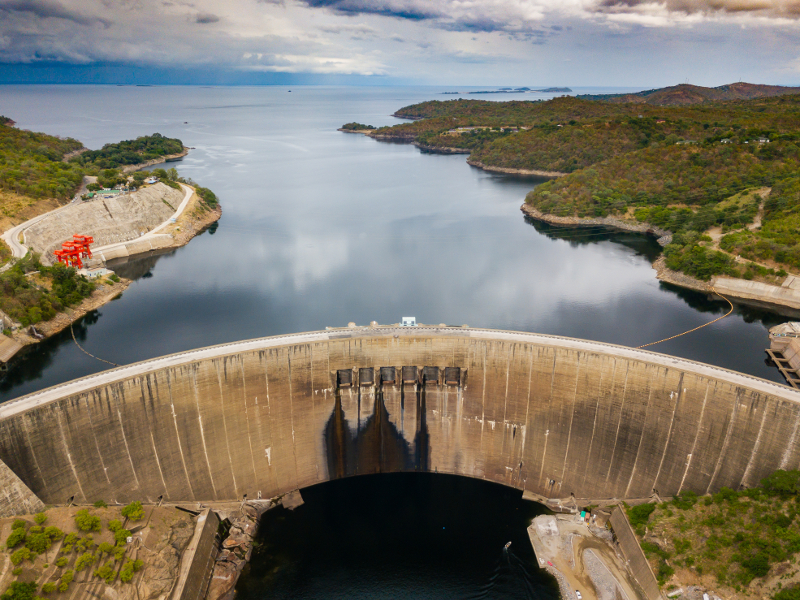Lake Kariba is currently generating only 200 megawatts out of its 1 050-megawatt capacity, resulting in a loss of over 800 megawatts due to hydrological problems.
This significant underproduction has severely hampered electricity generation, leading to frequent and prolonged power outages across the country, with many areas experiencing blackouts from early morning until late evening.
Minister of Energy and Power Development, Edgar Moyo, confirmed that Zimbabwe is experiencing a ‘lean’ period in terms of power generation.
“The issue of power supply in the country is heavily affected by hydrological issues in Lake Kariba, where we have lost over 800 megawatts,” Moyo said.
Moyo explained that while the stored capacity at Kariba is 1 050 megawatts, only 214 megawatts are currently being produced due to water rationing caused by low inflows into the lake.
“From that perspective, after losing over 800 megawatts, it makes it very difficult to sufficiently supply power in the country,” he added.
However, Moyo assured that the ministry has implemented measures to augment power supply. The commissioning of Units 7 and 8 in Hwange, which produce over 600 megawatts daily, is “very efficient” in providing power to the country.
“We also have Units 1 to 6, where four units are in operation, producing an average of 300 megawatts,” he said. Despite this, some units are not “very reliable,” and the ministry is conducting ongoing maintenance to enhance their efficiency.
The ministry has also issued licenses to several Independent Power Producers (IPPs) developing renewable energy projects.
“Some of them are mines, others are factories and agricultural undertakings producing their own power,” Moyo said. The government has asked Ferro Chrome miners, who benefit from subsidised tariffs, to develop their own generation plants for consumption, freeing up more power for social use.
Regarding power cuts caused by unrepaired faults, Moyo acknowledged the varying causes, from outdated equipment to vandalism.
“It will be very difficult to generalise in terms of attending to faults because each fault has its own problems and constraints. The policy is to expeditiously attend to faults,” he said.
The service charter between the government and ZESA Holdings aims to ensure prompt fault repair.
Moyo noted that the introduction of a cost-reflective tariff towards the end of last year, after many years without one, has improved the situation.
“Although we still lag behind in some areas, especially where high-level, expensive equipment is required, the cost-reflective tariff has helped bridge the funding gap, enhancing service delivery in terms of procurement of spares and other amenities,” he said.


Every deficit experienced in Zimbabwe has a mismanagement and maladministration explanation to account for it..